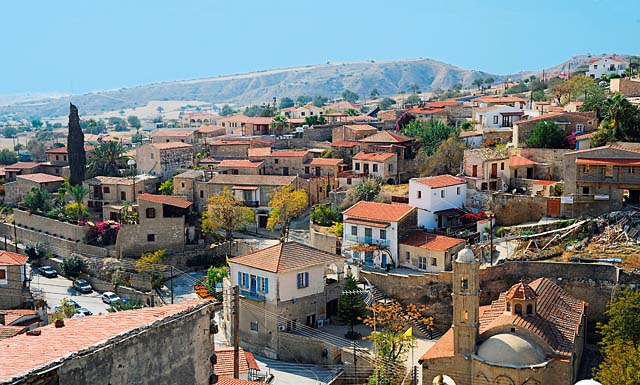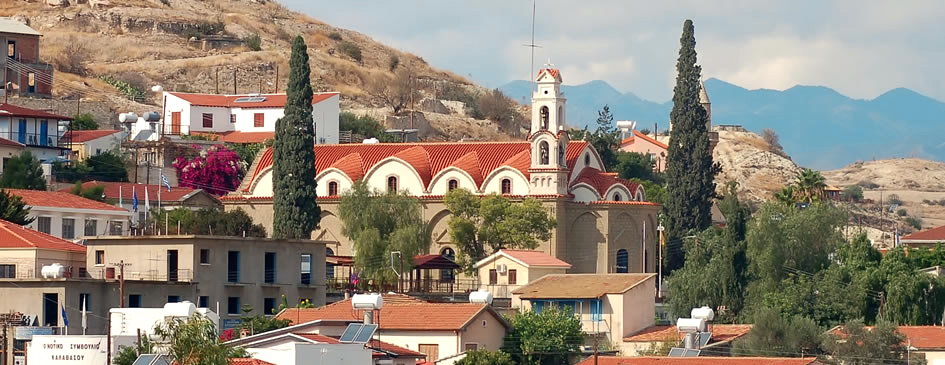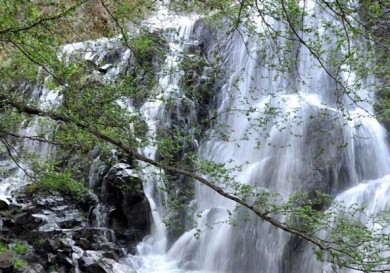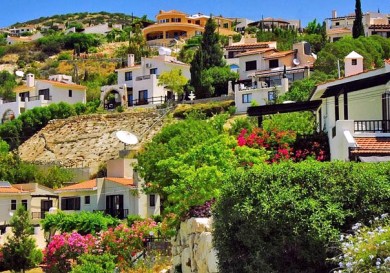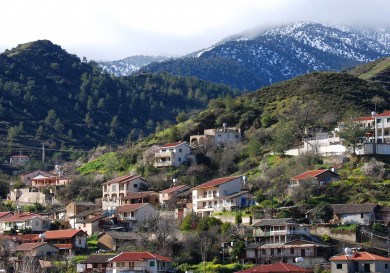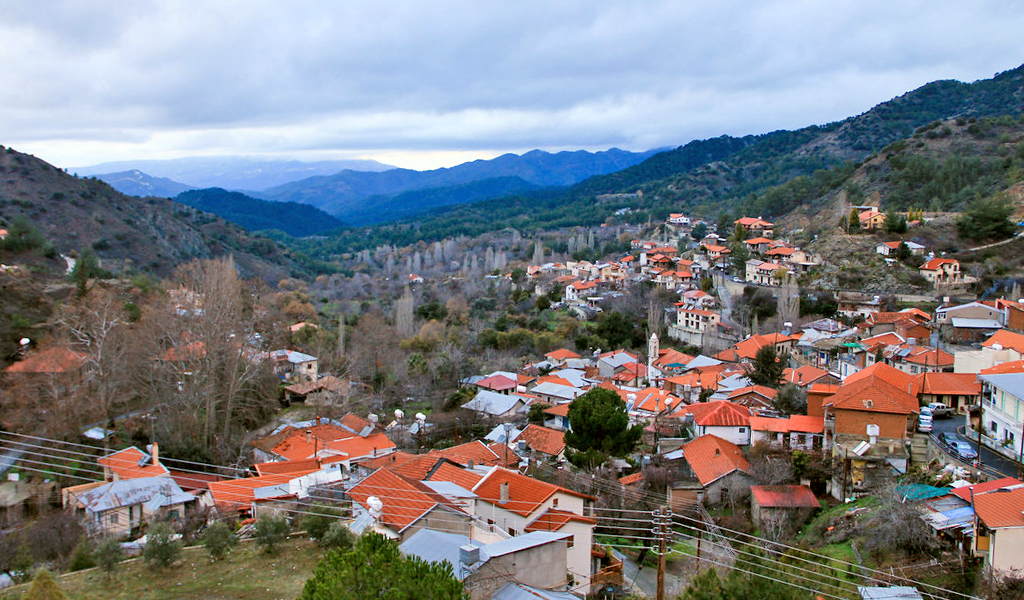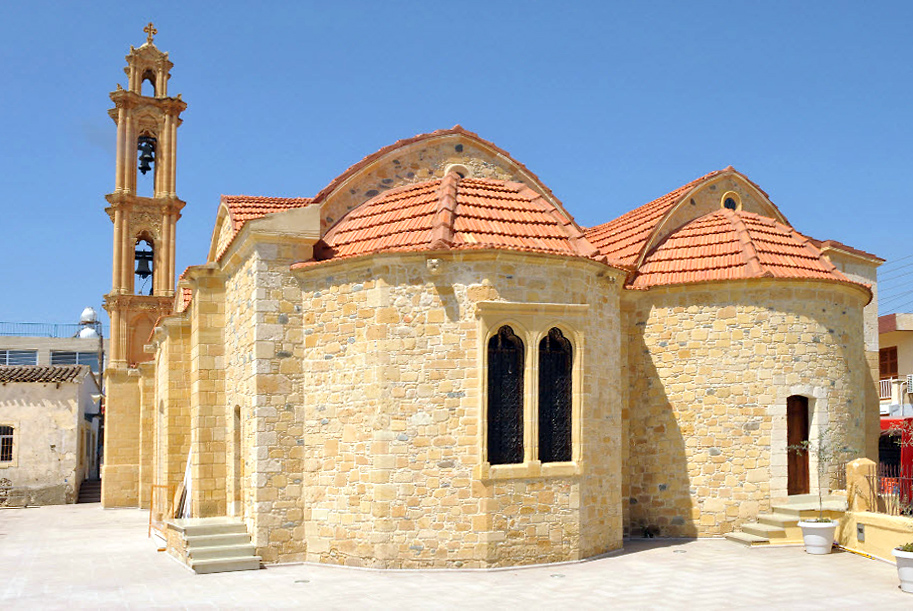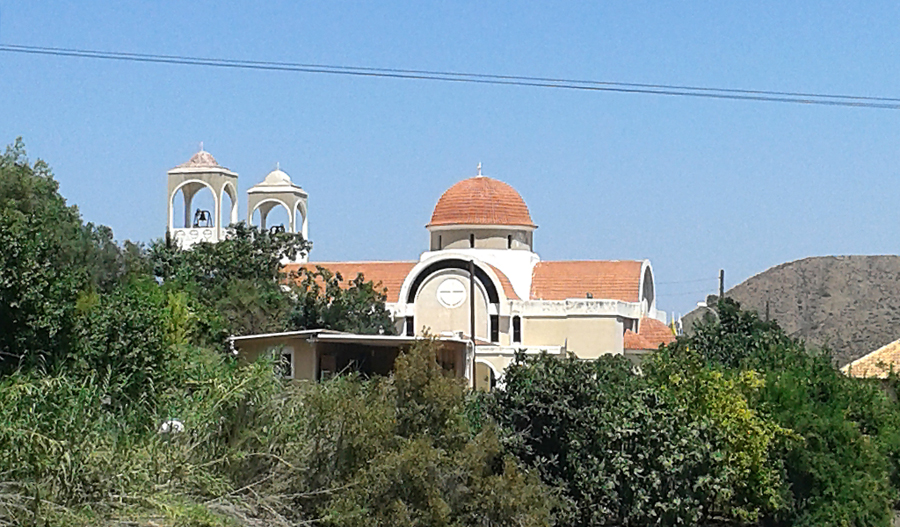Villages In Cyprus – So Similar and yet So Different
One may think that all small villages in Cyprus resemble each other. But you only have to turn off from the main roads and time around you seems to stop – clumps of little houses with tiled roofs glinting in the the warm Cypriot sun appear before your eyes. From time to time you may meet local villagers on donkeys and hear children’s ringing voices.
Аnd there is also another common sight – elderly men sitting in a village tavern or cafeteria, sipping Cypriot coffee and playing backgammon. An elderly man, who sells home-made yoghurt in long leather boots and traditional trousers (vraha) approaches them, and joins the general conversation. Then, as if forgetting about his little business he sits down to have a rest in the company of his village friends.
It seems a very quaint and laidback atmosphere and this is exactly what we saw, when on a summers morning we came to the village of Kalavasos. And, of course, we were on the lookout for something different, something new here, something elusive, which would distinguish this Cypriot village from the others.
10 Differences of Kalavasos – Archeological Digs, Dam, Copper Mines, Railways…
Kalavasos is quite a large village for Cyprus, it has about 1,200 inhabitants, we also saw four tavernas and two cafeterias. Some of Cypriot villages lose their originality, young people leave for other towns and even countries, while multistoried buildings rise instead of traditional houses.
But Kalavasos has managed to preserve its bygone charm, which is why visitors enjoy looking around, they are enchanted by the old traditions. It is hard to imagine, but Kalavasos is a settlement that dates as far back as the Neolithic period. People had mastered production of stone tools by that time, and built their houses by meticulously choosing a place for construction near rivers and hills. The houses were built from stone, clay, wood and as a rule had a rounded form.
The items found during excavations in archeological excavations Tenta and Khirokitia show that people were engaged in hunting and fishing. Тhey also cultivated land and bred animals.
At present Kalavasos participates in a program organized by the Cypriot Villages company, which renovates traditional houses, whose aim is to preserve the national style and traditional color.
But it was not only the original village architecture that brought us to Kalavasos. there are many interesting places to visit around the village.
For instance, remains of Khirokitia and Tenta, the settlements dating back to the Neolithic times, or a trip to the a picturesque dam, nearby there are also the remains of the copper mines, which operated until 1974. It was copper that gave Cyprus great riches in its time, but also doomed it to endless occupations.
Records and chronicles referred to the island as a copper island. From 1938 tо 1950 traffic along a railway road, which linked Kalavasos and the port of Vasiliko, continued night and day. The copper ore was loaded on ships at the port and transported to other countries.
 After the 50s the railway went out of work, when the mines became depleted, although you can still visit them today. There is even a locomotive and five trolleys, standing frozen in time at the entrance to the village. They stand on the old rails stretched across the spring. This is one of the reminders of a 116 km-long railway, which existed on the island.
After the 50s the railway went out of work, when the mines became depleted, although you can still visit them today. There is even a locomotive and five trolleys, standing frozen in time at the entrance to the village. They stand on the old rails stretched across the spring. This is one of the reminders of a 116 km-long railway, which existed on the island.
Construction of the road linking the east and the west of the island was started by the English as far back as in 1899 and lasted for 16 years. The railway fleet included twelve locomotives, seventeen passenger and a hundred cargo cars, this all came to an end in 1978. Now the local people treasure the train and keep it well renovated.
The Pearl of the Island – Governor’s Beach
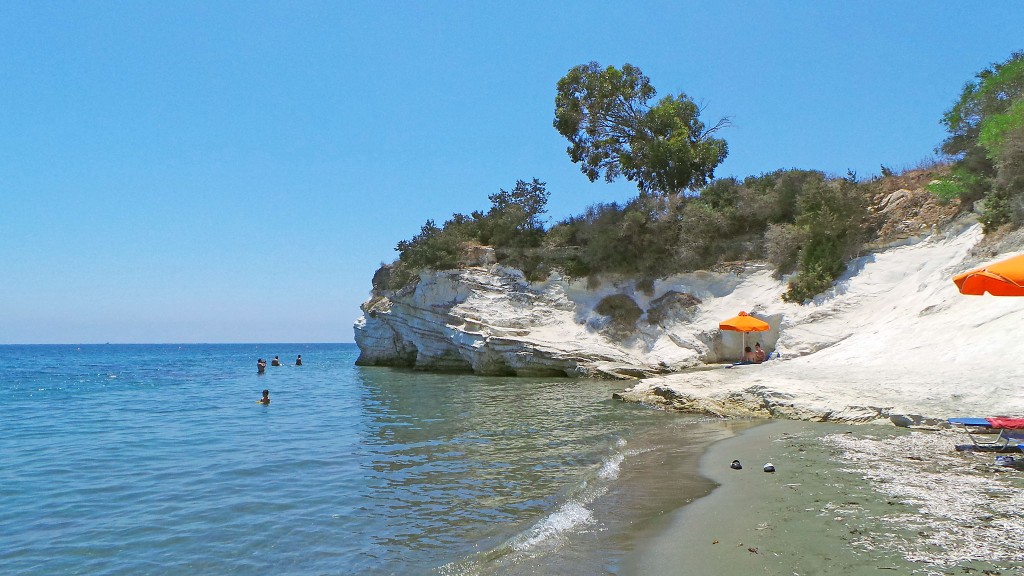 After enjoying the historical and economic heritage of the village and the island, you can visit one of Cyprus’ best beaches, Governor’s Beach, on your return journey.
After enjoying the historical and economic heritage of the village and the island, you can visit one of Cyprus’ best beaches, Governor’s Beach, on your return journey.
You should go towards Nicosia (Lefkosia) to get there. In just 10 minutes you will see the shore of the island edged with snow-white rocks. The beach received its name during the British rule, and the governor’s country house was located there.
Panayiotis Governor’s Beach offers you a wonderful view of the grey sooty colored sand and picturesque rocks whilst enveloping you with a slightly salty sea breeze with a touch of eucalyptus from the surrounding trees. Guests mesmerized by the beauty go down to the beach along a steep staircase. You can settle comfortably on the beach – on the sand, or the chalk rocks.
Popular fish taverns are located slightly above the beach. It is here, where companies of local inhabitants stream to have fun and enjoy good food. A view from the verandas of small restaurants, especially Thalassa, opens onto magnificent green lawns, followed by the endless sea, what better way to pass your day!
Сheese, Smoked products, Wine and… Fishing!
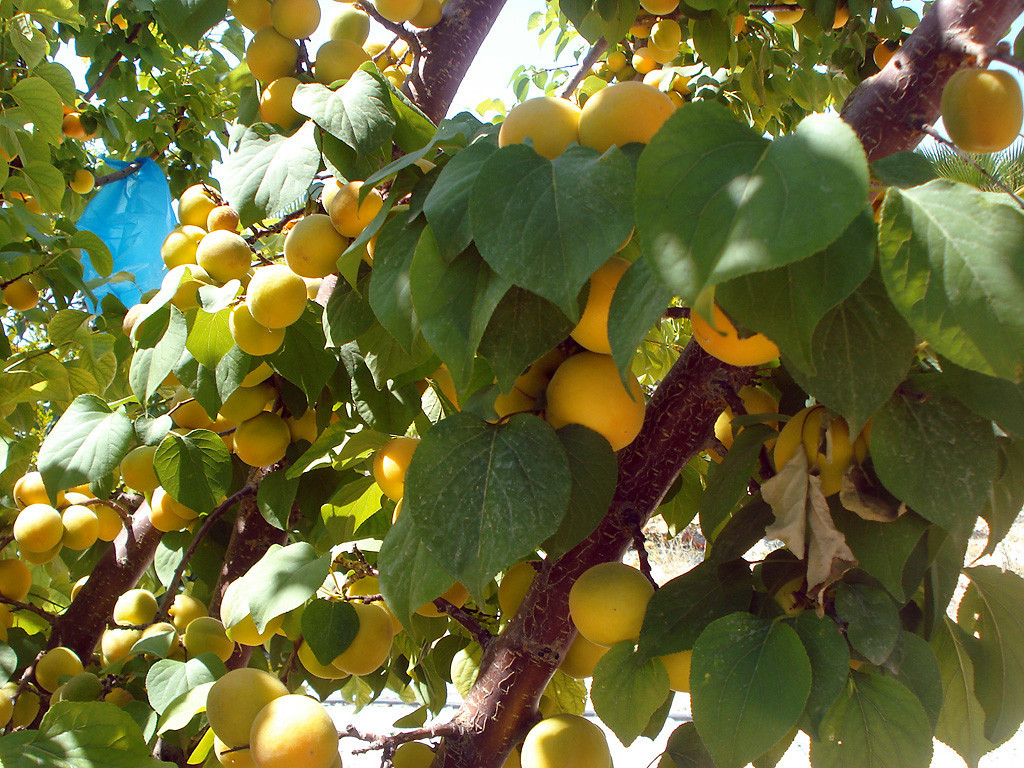 I hope you are not tired and can find time to visit the local farms, where you will see how the famous halloumi cheese is made, visit the famous smoked products shops, drop into the cellars of local wine-makers and smell and enjoy the aromas and tastes of the Cypriot gastronomy.
I hope you are not tired and can find time to visit the local farms, where you will see how the famous halloumi cheese is made, visit the famous smoked products shops, drop into the cellars of local wine-makers and smell and enjoy the aromas and tastes of the Cypriot gastronomy.
Those who are not interested in such entertainment, can engage in outdoor activities – take part in the morning fishing with local inhabitants and try the freshly caught fish. In the autumn, you can help locals to pick the harvest from the olive grove or wineries and watch the fascinating process of preparing fresh оlive oil.
Cypriot villages are wonderful at any time of the year – in the summer they are a respite from the scorching heat, in the winter you can enjoy the warmth next to a fireplace in a magnificent tavern, and in the spring you will see the beautiful trees in blossom, which leaves autumn, a time to enjoy the harvest produce!




